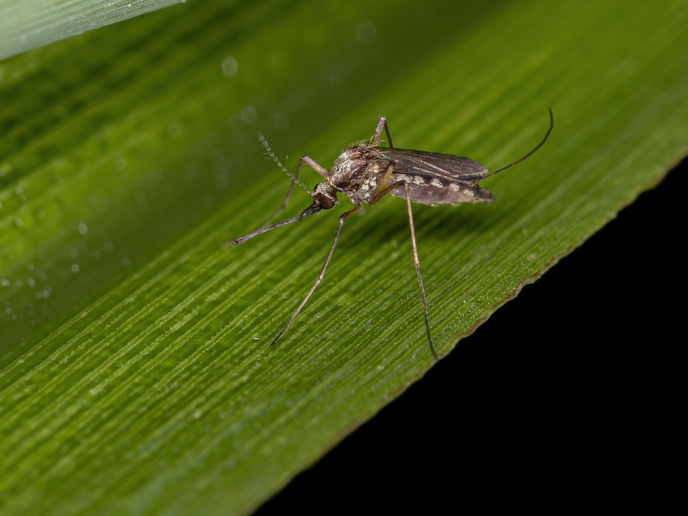Genetic and linguistic evolution
Charles Darwin thought that language divergence is a good analogue for biological speciation. In recent years, new analytical approaches have advanced the capacity to map both such changes beyond simple branching patterns. The EU-funded NEFREX(opens in new window) (New Zealand Estonian French research exchange scheme) project developed new methods for comparing human genetic history with linguistic information. In both cases, the consortium examined sources of cultural and genetic diversity and divergence. Work focused on the Neolithic transition, and explored the human post-glacial expansion throughout Eurasia. The study’s approaches involved Bayesian computational phylogenetic methods, haplotype-bases methods for detecting previous relationships, and development of novel approximate Bayesian computational (ABC) methods. The last were suited to single- and joint-use analysis using summary statistics. As part of an exchange of researchers between the EU and partner countries, the consortium organised training in the new data processing methods. The training consisted of workshops, seminars and one-to-one sessions. NEFREX also fostered interaction among collaborators, including exchange visits to improve the knowledge and collaborative ability of European Research Area (ERA) researchers. The training helped improve the standard of complex data analyses and hypothesis testing. ERA researchers also gained crucial experience in using the analytical methods in several contexts. These included methods for identifying segments of DNA shared among genomes, using the segments to infer shared ancestry and the use of case studies. The team developed two non-likelihood ABC method software applications. One was for use with whole-genome data and the second for joint comparison of linguistic and population-genetics data sets. Researchers conducted several studies examining the relationship between language and genetics. The studies focused on central Asian communities speaking both Indo-Aryan and Turkic languages. The team compared the resulting phylogenetic trees with cultural variations, in order to detect previous language changes. Results proved genetic similarities between groups. Another study compared Pacific Islanders to understand Polynesian origins within the Austronesian diaspora. NEFREX results help advance understanding of random processes in the emergence of disease-related genotypes. The work sheds light on the role of cultural choices, mediated via language, on genetic variation and how the variation affects various groups’ health.







